Andijan region is the birthplace of the great Bobur, the smallest in area, and at the same time the most densely populated region of Uzbekistan. The history of this region begins with the ancient Dayuan State founded here in the VI century BC., Agriculture with artificial irrigation and cattle breeding were developed here already in those days. Moreover, this region was the habitat of “heavenly horses”.
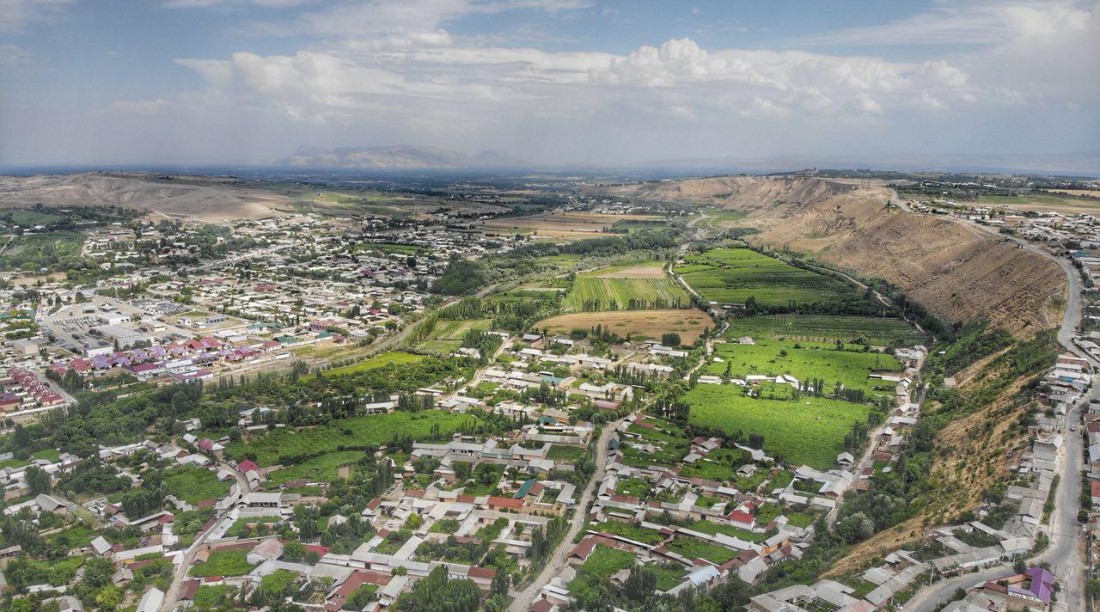
More than 400 tourist sites are located in the Andijan region. These are museums and parks, archaeological and historical monuments, places of pilgrimage for Muslims, as well as picturesque recreation areas with excellent climate conditions.
We offer you some interesting places in the Andijan region that will allow you to discover the region from a new perspective, reveal the history of ancient settlements and architectural monuments, visit and live in guesthouses in the national style, get acquainted with the local culture and customs, watch the performances of rope walkers and admire excellent products of local artisans.
Mingtepa settlement
The ruins of an ancient settlement are located in the Marhamat district of the Andijan region, 38 km from Andijan city. These are the ruins of the ancient city of Ershi, the capital of the Dayuan State, which existed here from the V-IV centuries BC until the IV century AD. Later Ershi got its modern name - Mingtepa. The Great Silk Road once passed through this trading city. The ancient capital of Dayuan was mentioned in Chinese written sources. Crafts and agriculture were developed here, and the famous “heavenly horses” were exported from here to the Chinese Empire. Alexander the Great dreamed of these horses.
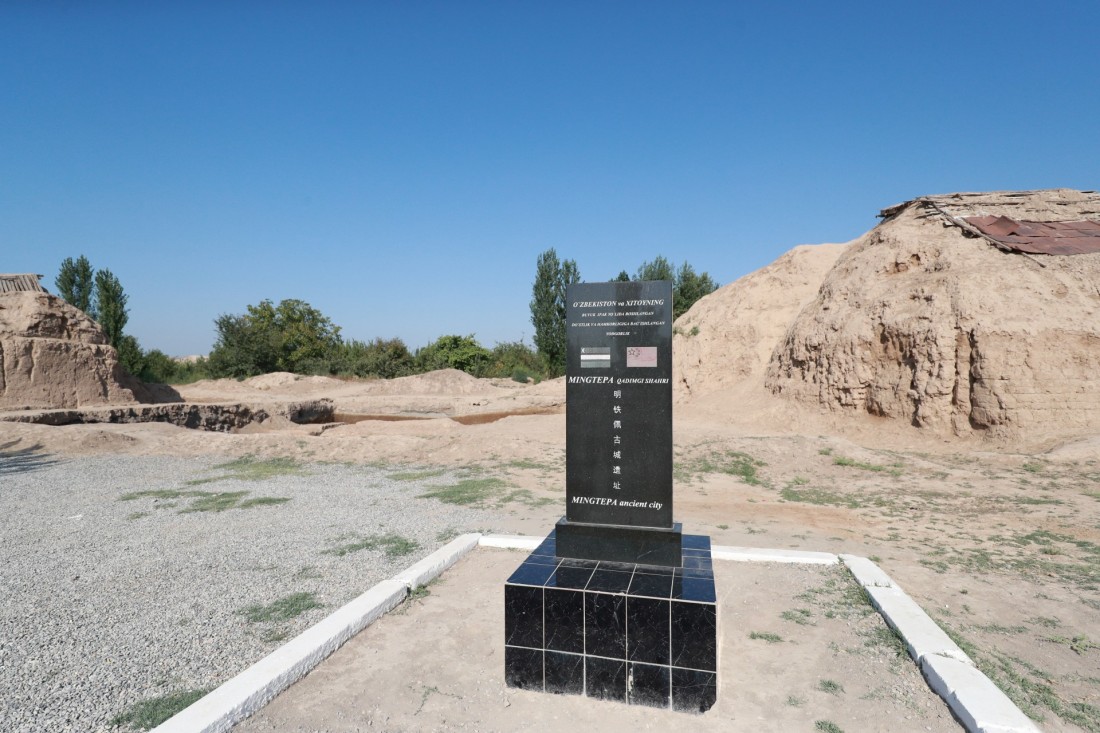
Imam-Ota Mausoleum
This area has long been popular among Uzbeks as a place of pilgrimage. The mausoleum got its name in honor of Imam Muhammad Hanafiy. Researchers note that Muhammad Hanafiy is the son of Khorasan’s governor Khazrat Ali, nicknamed here as Bobo Khorsan, and his son was nicknamed Imam-Ota for his contribution to the spread of Islam in Central Asia.
This Islamic shrine was built in the XVIII century and was restored at the end of the XIX century. The historical site was taken under state protection in 1982 as an architectural monument.
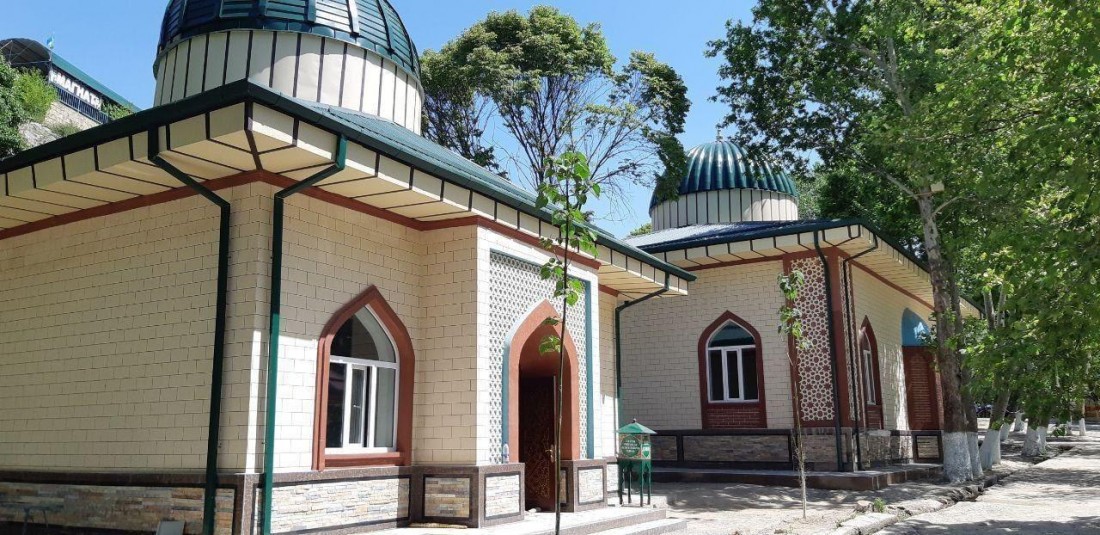
Khanabad Sanatorium
The city of Khanabad is located in the eastern part of the Andijan region on the coast of the Karadarya River in a picturesque area at an altitude of 850m above sea level. There is also a unique medical institution of the same name with an area of 10.5 hectares.
Khanabad Sanatorium is a climatic resort specializing in the treatment of diseases of the upper and lower respiratory tract, nervous system, cardiovascular system due to oxygenated, ionized air. Patients suffering from chronic gastrointestinal, gynecological and urological diseases, diseases of the peripheral nervous system, as well as bones and joints, are being treated here. Modern equipment and qualified personnel ensure the high-quality medical and recreational procedures.
Pine, poplar, oak, acacia, walnut, chestnut, maple and other trees grow on the territory of the sanatorium. The natural and climate conditions of the region are an ideal source of oxygen-rich ionized air, which provides an excellent opportunity not only for the treatment of various diseases, but also just for a good rest.
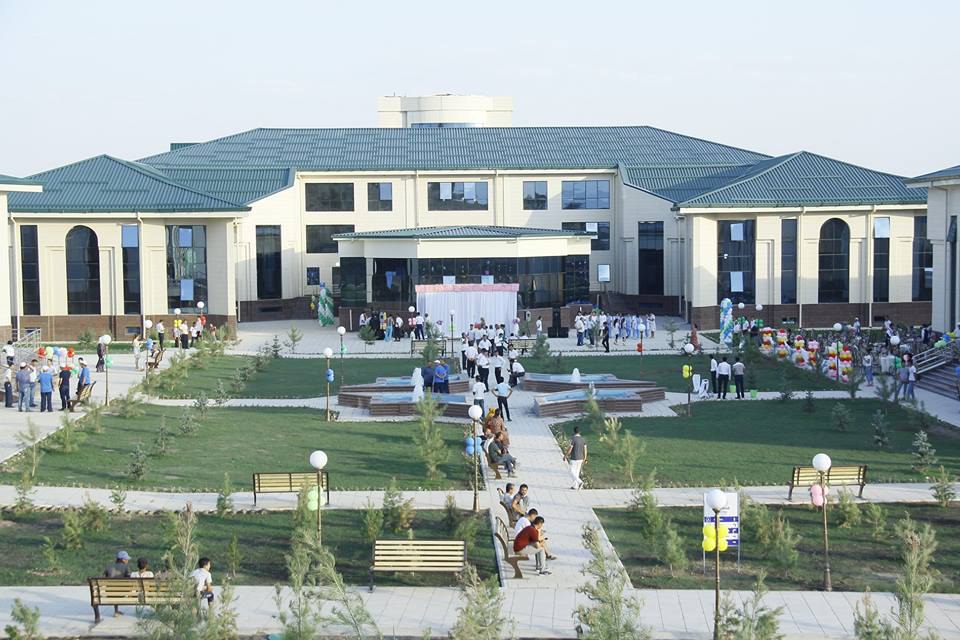
Architectural complex Jome
The architectural complex of Jome, located in the old part of Andijan, was built by the ruler (hakan) Muhammadalibay in 1885-1892. The old complex includes a madrasah, a minaret and a khanqah - all according to the traditions of Muslim urban planning in the Fergana Valley. The author of the project was the eminent architect of that time, Isakhan Muhammad Muso oglu.
The total area of the complex is more than 2 hectares. The 2-hectare complex is built in a rectangular shape with domes at four corners. On the west side there is a khanqah, a tower and 50 rooms.
The Jome architectural complex is now one of the rarest architectural monuments, preserved after the Andijan earthquake of 1902.
The complex was completely renovated in the early 2000s and taken under state protection.
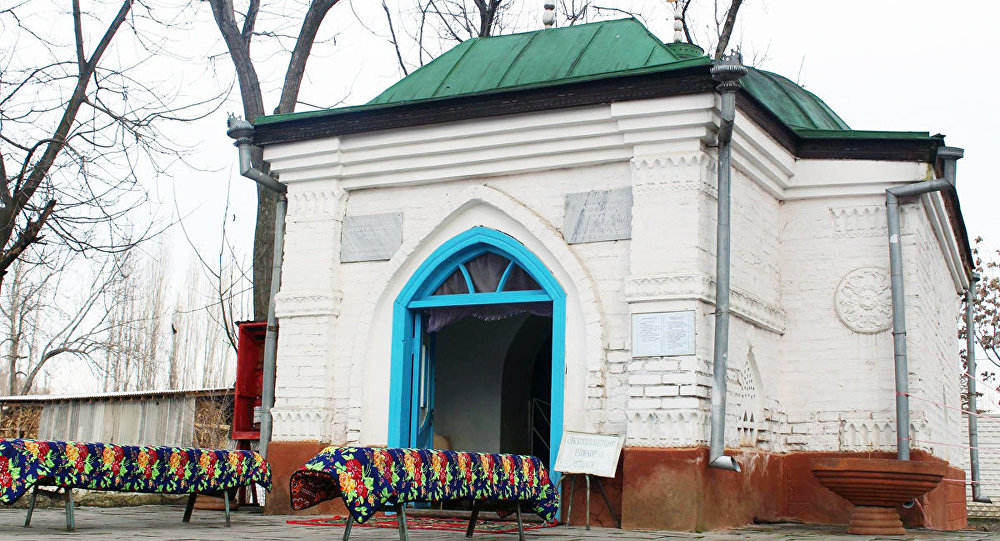
Tomb of Kuteiba ibn Muslim
The ancient tomb is located in the village of Pakhtakor, Jalakuduk region, 28 km from Andijan city.
The Arab commander Kuteiba ibn Muslim Bohili was killed in 715 by rebels who refused to obey the newly elected caliph Suleiman.
The cemetery, where his grave is located, is mentioned by the historian Narshakhi under the name “Mozorbuva”.
Akhmadbekkhodji Hotel
The old hotel is located on the eastern side of the Alisher Navoi Park of Culture and Rest in Andijan. It was built in 1905-1907 by the order of the owner of a large cotton factory in Andijan Akhmadbekkhodji Temurbek oglu. Prominent architects of Uzbekistan took part in its construction, including the national architect, Yusufali Musaev, master Tashkhan, master Yahya and others. The best artists of that time worked on the decoration of the hotel, embroidery and ganch carving. The interior decoration of the rooms is made in the “vassajuft”, typical for the Ferghana Valley; geometric and floral patterns in the ornamentation are admired. Marvelous patterns on the attic ceiling have survived to this day in their original and very good condition. The complete reconstruction of the building was carried out in the 70s of the XX century.
Old Fortress - Kala
In the makhalla of Dukchi Eshan in Andijan, there is a unique structure - the ancient fortress Kala. The complex was built in 1880-1881 in Andijan as a defensive fortress for the troops of Russian Empire. The height of the walls of the fortress was more than 10 meters, so that every district and street of Andijan were visible at a glance. Inside the fortress there was a defensive mound with barracks for soldiers, an armory, a kitchen, and an artillery base. Here at that time more than 250 soldiers of two companies of the Turkestan regular battalion of the Tsar’s army could be accommodated. For hundreds of years, the fortress has witnessed many events, for instance, the popular uprising led by Dukchi Eshan in Andijan in 1898.
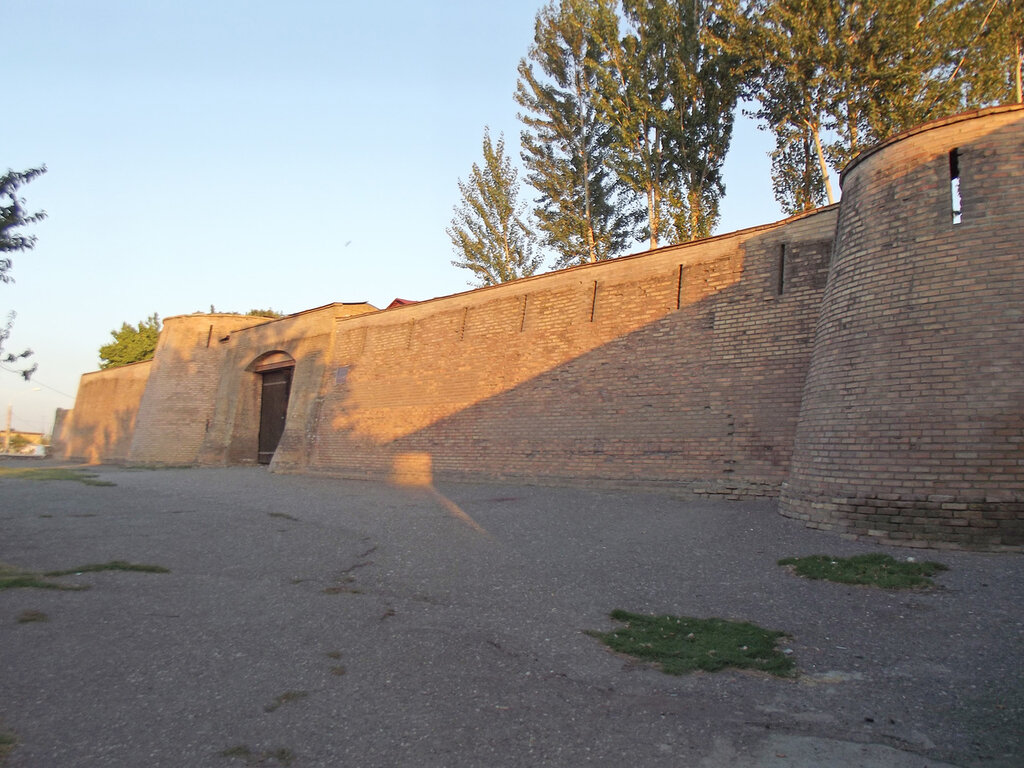
Yunusali-Ota Gaziev National House
The National House of Yunusali-Ota Gaziev, one of those people who brings joy and admiration to people with their craft and devotes his life to folk art, has truly become one of the favorite places to visit for tourists.
An old Uzbek house in the national style, turned into a modern rest home, attracts and mesmerizes guests from all over the world with bright performances of rope walkers (darboz) and magnificent handicrafts.

In the courtyard of this respected house, located in the Markhamat district of Andijan region, there is a small river. The variety of fish living in the river delights the eyes of every visitor.
Every guest can enjoy the wonderful atmosphere created by the hands of Yunusali-ota himself and relax on the trestle beds, comfortably placed in the courtyard of this unique house.
Starting from the entrance to the house, you are amazed by the uniqueness of the courtyard. There are ivy-crowned seats, a suspended trestle bed set on a huge mulberry tree, a children’s playground on a spreading apple tree, a small garden surrounded by rose bushes, a small trestle bed for 8 people under a fragrant apple tree.
And for the convenience of visitors, a sanitary and hygienic complex was built by the State Committee for Tourism Development for a total of 30 million sums.
In short, all conditions have been created for tourists and vacationers. For example, for the convenience of the inhabitants, there is a medical room in the house, where all the necessary medicines are available.
At present, the group of rope walkers “Andijan Samosi” under the leadership of Yunusali-ota organizes various performances for the guests. There is a high rope in the centre of the courtyard. Bright and colorful circus shows are organized for children.
All these opportunities become a great art school for beginner rope walkers. According to Yunusali-ota, this school reveals the main secrets of skill for young, novice tightrope walkers.
This is a skill that arouses admiration, respect and recognition not only in the family circle, in the village, but also in the entire Andijan region.








Working hours: 9:00 AM - 6:00 PM, Mon-Fri
For any questions
ПОЛЬЗОВАТЕЛЬСКОЕ СОГЛАШЕНИЕ
1. Определение
Настоящее Пользовательское соглашение (далее — Соглашение) является Публичной офертой в соответствии со статьёй 367 Гражданского кодекса Республики Узбекистан от 21.12.1995 (https://lex.uz/ru/docs/111181#162763) и регулирует порядок использования материалов и Сервисов сайта Государственного унитарного предприятия «Национальный PR-центр» (далее — Предприятие), размещённого на веб-сайте и поддоменах Национального Туристического Информационного Центра: https://uzbekistan.travel/ (далее — Сайт).
Посетитель и (или) Пользователь подтверждает, что ознакомлен, полностью и безоговорочно принимает все условия настоящего Соглашения и обязуется их соблюдать.
Использование Сайта Пользователем означает полное принятие данного Соглашения «как есть» в форме акцепта.
Соглашение вступает в силу с момента посещения любой страницы Сайта и (или) регистрации на Сайте и действует бессрочно во время пользования Сервисами Сайта.
Настоящее Соглашение обязательно для исполнения всеми Посетителями и Пользователями без каких-либо изъятий и дополнительных согласований.
Пользователь обязуется самостоятельно проверять актуальную редакцию Соглашения на Сайте перед использованием Сервисов.
2. Предмет Соглашения
Предметом настоящего Соглашения являются правила использования материалов Сайта и предоставление Посетителю и (или) Пользователю возможности использования Сервисов Сайта.
Предприятие является правообладателем исключительных прав на Сайт в целом и на его составные части, включая все виды контента: логотипы, товарные знаки, тексты, статьи, аннотации, иллюстрации, фотографии, графику, аудио- и видеофайлы, пользовательские интерфейсы, дизайн, структуру, программы, базы данных.
Я прочитал(а) и соглашаюсь с условиями использования сайта и политикой конфиденциальности.
